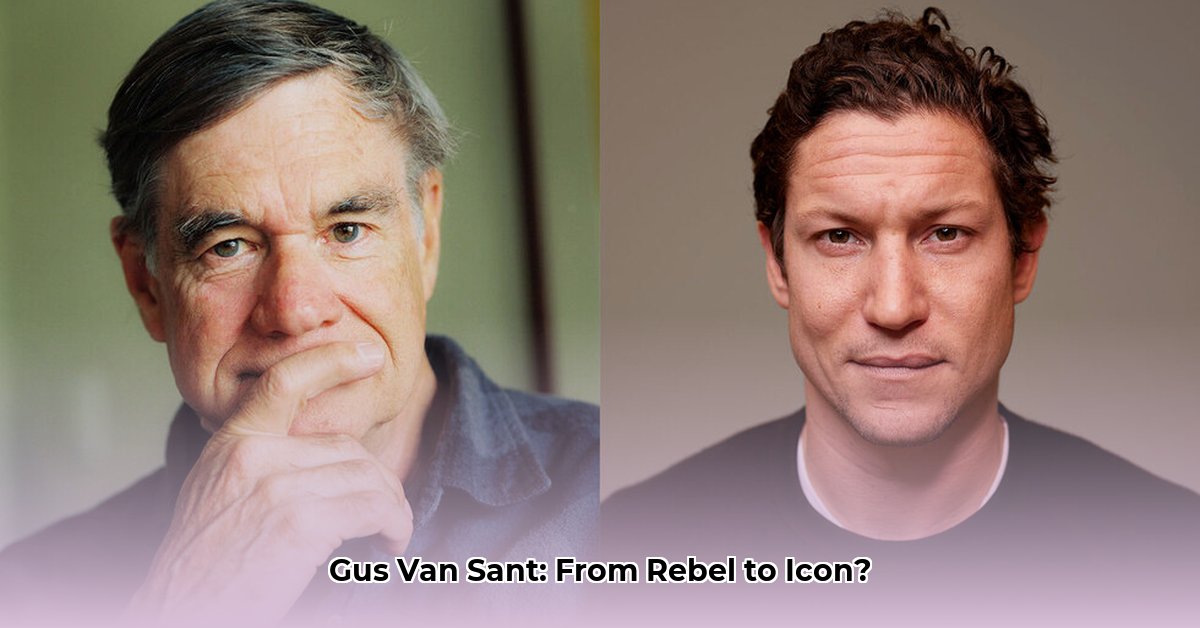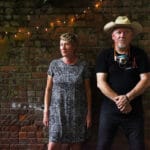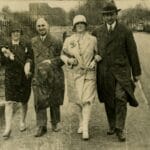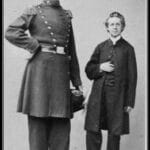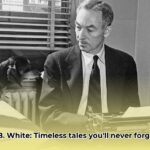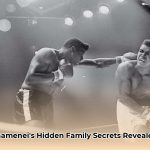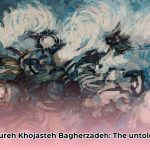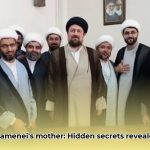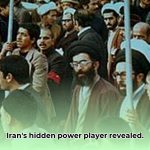Gus Van Sant. The name sparks a feeling, doesn’t it? Perhaps the Portland sun, the raw realism of his early work, or the poignant beauty he finds in everyday life. He’s a filmmaker who rarely plays it safe, choosing instead to tell stories about outsiders and the marginalized. This isn’t just a textbook analysis; it’s an exploration into the world of a true auteur, from Mala Noche and Drugstore Cowboy, to Good Will Hunting, and Milk. We’ll examine the core elements that make his films unique, compare and contrast movies to chart the evolution of his style, and consider his lasting impact as a major figure in independent film. We’ll delve into how he crafts moving stories and what his career choices and filmmaking signify for aspiring and established filmmakers today.
Director Van Sant: Artistic Risk and Commercial Reward
Gus Van Sant’s career is an inspiring and complex study of artistic growth, brave experimentation, and the pursuit of commercial success. His journey from the independent film scene in Portland, Oregon, to the heights of Hollywood reveals a filmmaker dedicated to pushing boundaries and challenging audience expectations. How has he navigated the often-conflicting demands of artistic expression and commercial viability?
From Portland’s Underbelly to Wider Audiences
Van Sant’s early work, including Mala Noche and Drugstore Cowboy, offered a stark and unflinching look at life on the fringes of society, focusing on characters struggling with addiction, poverty, and societal neglect. His camera acted as an observer, allowing the stories of often-forgotten individuals to unfold with stark realism. This naturalistic style, combined with his unflinching exploration of human desperation, immediately set him apart from his contemporaries. It established an aesthetic that would continue to evolve and inform his work throughout his career. How did this gritty, independent style manage to translate, at times, into mainstream acceptance?
- His honest films portray marginalized characters, reflecting Portland’s counter-cultural spirit and commitment to representing diverse voices.
- His willingness to experiment with cinematic language, evident in his naturalistic cinematography and unconventional narratives, mirrors Portland’s thriving artistic atmosphere.
- The city’s unique landscape, a blend of urban grit and natural beauty, and its diverse community deeply impacted his visual aesthetic and thematic explorations.
Exploring the Human Heart: Identity, Longing, and Connection
A recurring and resonant theme throughout Van Sant’s filmography is the exploration of identity and the fundamental human need for belonging. Films like My Own Private Idaho and Milk delve deeply into the complexities of sexuality, societal prejudice, and the challenges faced by those existing on the margins of society. These powerful stories examine the universal yearning for connection and acceptance in the face of adversity and discrimination. His characters are frequently adrift, both physically and emotionally, visually reflecting their internal struggles and their search for meaning. He paints striking and empathetic portraits of loneliness, highlighting the profound need for human contact and understanding.
A Master of Transformation: Style and Substance in Constant Evolution
One of the most compelling aspects of Van Sant’s directing style is his remarkable versatility and willingness to experiment with different genres and techniques. He moves effortlessly between gritty realism, as seen in Drugstore Cowboy, and more experimental narratives, as in Gerry and Elephant. He famously tackled Alfred Hitchcock’s psychological thriller Psycho with a near shot-for-shot remake, a bold move that sparked considerable debate and divided critics and audiences alike. Was it a commentary on the nature of cinema and the impossibility of replicating artistic genius, or was it an unnecessary exercise in style over substance? Opinions varied widely. Then came Good Will Hunting, a mainstream success that resonated with broader audiences and earned him an Academy Award nomination for Best Director. This demonstrated his range and ability to connect with viewers on a larger scale. Is this adaptability a result of his willingness to take risks, challenge cinematic norms, and constantly reinvent himself as an artist?
The Ups and Downs: Triumphs, Setbacks, and Artistic Risks
Van Sant’s career trajectory is not a simple upward climb. While Good Will Hunting and Milk brought him widespread acclaim and commercial success, other films, such as Even Cowgirls Get the Blues and The Sea of Trees, faced harsh criticism and disappointing box office returns. This highlights the risks inherent in his artistic vision and his commitment to pushing boundaries, even when those risks don’t always pay off. His willingness to experiment sometimes overshadows his ability to create commercially viable projects, but his artistic integrity shouldn’t be measured solely by financial returns or mainstream acceptance. His body of work presents a compelling case study in the complex relationship between critical acclaim, commercial success, and the unwavering pursuit of artistic vision.
The Lasting Impact: A Director’s Influence on Modern Filmmaking
Gus Van Sant’s legacy extends far beyond his individual filmography. He has consistently provided opportunities for viewers to reflect on relevant and timely themes of identity, social injustice, and the human condition. His movies invite profound engagement with complex human emotions and the ever-changing social landscapes that shape our lives. Throughout his career, he has given voice to the marginalized, challenged cinematic norms, and inspired countless filmmakers to pursue their own unique visions. “His films have touched audiences and critics alike, provoking thought and prompting crucial discussions that will likely continue for years to come,” according to a prominent film critic. What remains to be seen is the continued evolution of his work and how his distinctive style adapts to the ever-changing landscape of filmmaking in the 21st century.
Van Sant’s Cinematic Landscape: A Detailed Overview
| Film Category | Examples | Key Themes | Stylistic Approaches | Reception |
|---|---|---|---|---|
| Early Independent Films | Mala Noche, Drugstore Cowboy | Marginalization, addiction, survival, poverty | Gritty realism, observational camerawork, black and white photography | Cultish following, critical acclaim, festival recognition |
| Identity & Belonging | My Own Private Idaho, Milk | Sexuality, societal expectations, self-discovery, prejudice | Varied styles, emotionally resonant storytelling, introspective character studies | Critical and commercial success (varying degrees), Academy Award nominations and wins |
| Experimental Narratives | Gerry, Elephant | Existentialism, morality, nature of reality, violence, alienation | Highly stylized, unconventional narrative structures, minimalist dialogue, long takes | Mixed reception, artistically bold, Cannes Film Festival awards |
| Mainstream Success | Good Will Hunting | Friendship, self-discovery, potential, overcoming adversity | Conventional storytelling techniques, emotionally accessible themes, strong performances | Major critical and commercial triumph, Academy Award wins |
| Continued Artistic Vision | Don’t Worry, He Won’t Get Far on Foot, Promised Land | Hope, redemption, vulnerability, addiction, environmentalism, community | Varied styles, continued exploration of human emotion, social commentary | Mixed reception, artistic risk-taking, continued festival presence |
The unpredictable evolution of Gus Van Sant’s career makes predicting his future direction a challenging, if not impossible, task. However, his unwavering commitment to innovation and his willingness to challenge conventions suggest that he will continue to create films that engage us emotionally, provoke thought, and push the boundaries of storytelling for years to come. His enduring influence on independent cinema and his dedication to exploring the human condition remain undeniable.
Gus Van Sant’s Portland Influences: Shaping Experimental Filmmaking
Gus Van Sant’s body of work is inextricably intertwined with his Portland roots. The city’s unique atmosphere, its counter-cultural spirit, and its blend of urban and natural landscapes have served as a crucial ingredient in his distinctive cinematic alchemy. Consider his early and most influential works. Mala Noche, filmed on location in Portland, showcased a raw, naturalistic style that perfectly reflected the city’s gritty and authentic spirit. It was a commitment to showcasing authenticity and a focus on the often-overlooked stories of the marginalized. How did this happen, and what specific elements of Portland life shaped his artistic vision?
- Van Sant’s career demonstrates a remarkable balance between achieving mainstream success and maintaining a strong commitment to artistic integrity, mirroring Portland’s unique mix of established and emerging creative forces.
- His collaborative filmmaking approach often features improvisation, naturalistic acting, and a willingness to embrace unconventional narratives, aligning perfectly with Portland’s collaborative and experimental artistic ethos.
- The city’s unique and evocative landscape, characterized by its blend of urban grit and natural beauty, and its diverse and engaged community have profoundly impacted his visual aesthetic and thematic explorations.
The Portland Canvas: Shaping Van Sant’s Unique Vision
The city’s influence extends far beyond mere location-shooting; it permeates every aspect of his filmmaking process, shaping his artistic choices and informing the stories he chooses to tell. Portland’s distinctive blend of urban sophistication and natural beauty, combined with its unpretentious attitude and its strong sense of community, resonate deeply within his films. How did Gus Van Sant’s Portland influences specifically shape his experimental filmmaking techniques and his commitment to pushing cinematic boundaries? This translates into the unflinching realism of Drugstore Cowboy or the documentary-like feel of Elephant, where the city itself becomes a character in the narrative. He captures the everyday details, the mundane moments, and the overlooked corners that give a place its unique character and its distinct identity. This deeply observational approach, informs his experimental narrative structures, allowing him to create films that mirror the complexities and contradictions of the real world. Think of Gerry,
